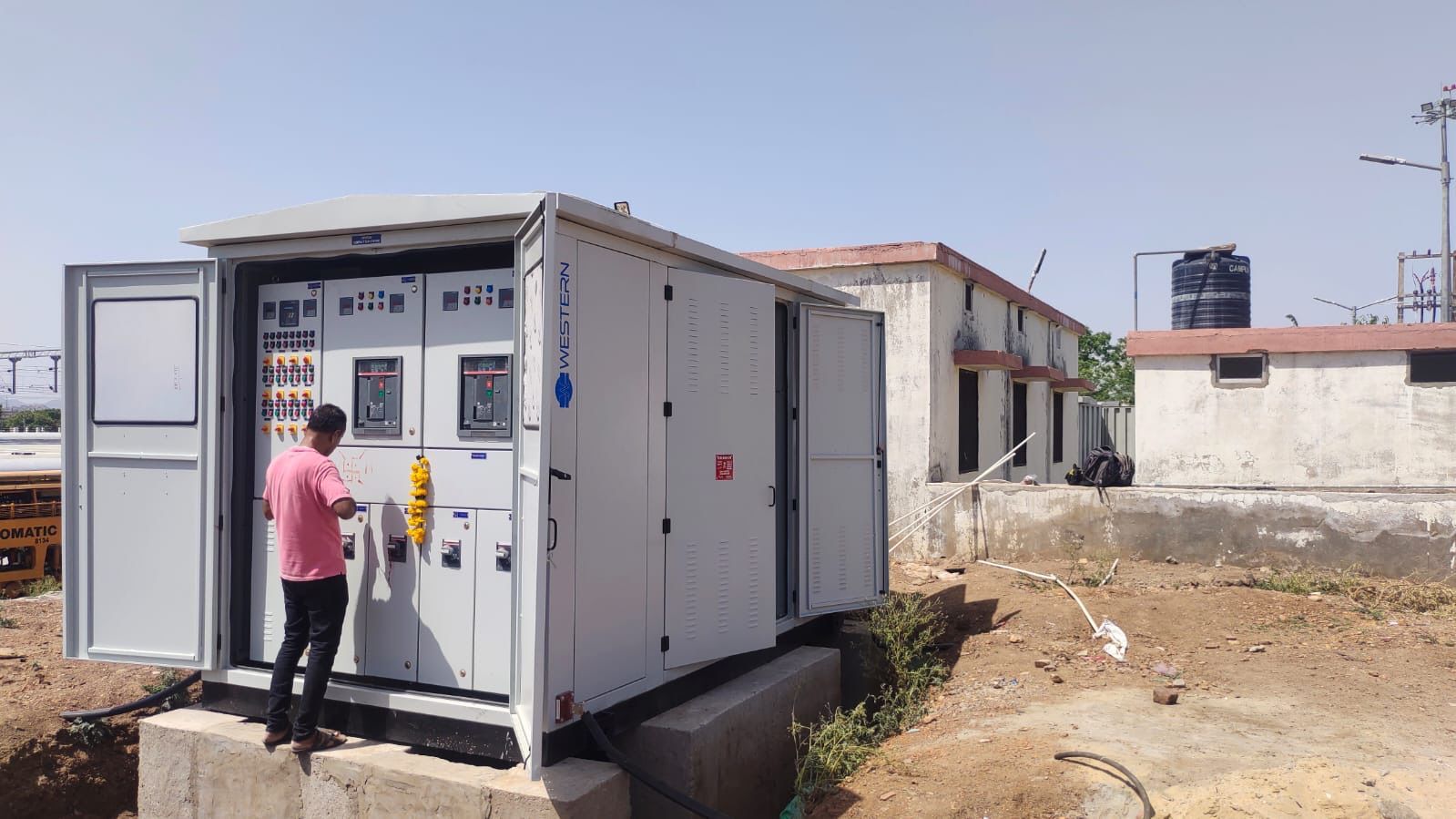Comparing Traditional Sub Stations vs. Packaged Substation Models
In today’s ever-evolving power distribution landscape, Sub Stations play a critical role in ensuring smooth and efficient electricity transmission. With growing urbanization and industrial demand, choosing the right type of substation becomes essential. Traditionally, sub stations have been large, open-air structures, but modern infrastructure now often prefers the Packaged Substation model. This article simplifies the comparison between traditional and packaged substations to help you make an informed decision.

What are Sub Stations?
Sub Stations are key components of the electrical grid. They convert high-voltage electricity into lower voltages suitable for residential, commercial, or industrial use. These systems also ensure safe power distribution and serve as a control point for maintenance and fault detection.
Traditional Sub Stations – An Overview
Traditional sub stations are built on open land with several visible components like transformers, circuit breakers, isolators, and busbars. They are designed for high-power loads and require more space and civil work.
Key Features:
- Large footprint, often requiring acres of land
- Outdoor installations with complex layouts
- Longer installation times
- High capacity, suitable for large-scale power requirements
- Maintenance-friendly due to open setup
Pros:
- Easily expandable
- High load capacity
- Easy access for maintenance
Cons:
- Needs more space
- Higher installation time and cost
- Vulnerable to weather and external factors
Packaged Substation – A Modern Alternative
A Packaged Substation is a compact, enclosed system designed for quick deployment in space-constrained areas. It includes all essential components—transformer, HT and LT panels, protection devices—pre-assembled in one unit.
Key Features:
- Compact and modular
- Pre-engineered and factory-tested
- Faster installation
- Safer with enclosed design
- Ideal for urban, commercial, and remote locations
Pros:
- Space-saving
- Lower maintenance
- Cost-effective for medium loads
- Quick setup
Cons:
- Limited scalability
- Might not suit very high-load requirements
Key Differences: Traditional vs. Packaged Substation
When to Choose Which?
Choosing between traditional and Packaged Substation models depends on factors like space, budget, power demand, and project timeline. If your project demands high-capacity power with future scalability and has available space, go with the traditional model. However, if you’re looking for a fast, compact, and safe solution for a commercial or urban environment, packaged substations are the best fit.
Why is the Shift Happening?
With increasing demand for faster and more reliable solutions, Sub Stations Manufacturers are evolving. Governments and private sectors are moving towards packaged models for their speed, safety, and adaptability, especially in congested city spaces.
5 Most Asked FAQs
Q1. What is the main function of Sub Stations?
To convert and distribute electrical power efficiently at different voltage levels.
Q2. When should I use a Packaged Substation?
Use it in space-limited or fast-track projects like malls, hospitals, and commercial spaces.
Q3. How much time does it take to install a traditional substation?
It can take several weeks to months, depending on the complexity.
Q4. What is a Cable Tray used for in substations?
Cable Tray is used to support and organize electrical cables efficiently.
Q5. Are Packaged Substations weatherproof?
Yes, they are designed with enclosed structures to withstand various weather conditions.
Conclusion
Both traditional and Packaged Substation models have their unique advantages. Your choice should depend on the application, environment, and project needs. While traditional Sub Stations still hold importance in high-load areas, packaged models are becoming increasingly popular for their ease of use and safety. For reliable solutions tailored to your needs, Western Control Automation Pvt. Ltd. stands as a trusted name in delivering high-performance electrical infrastructure.
